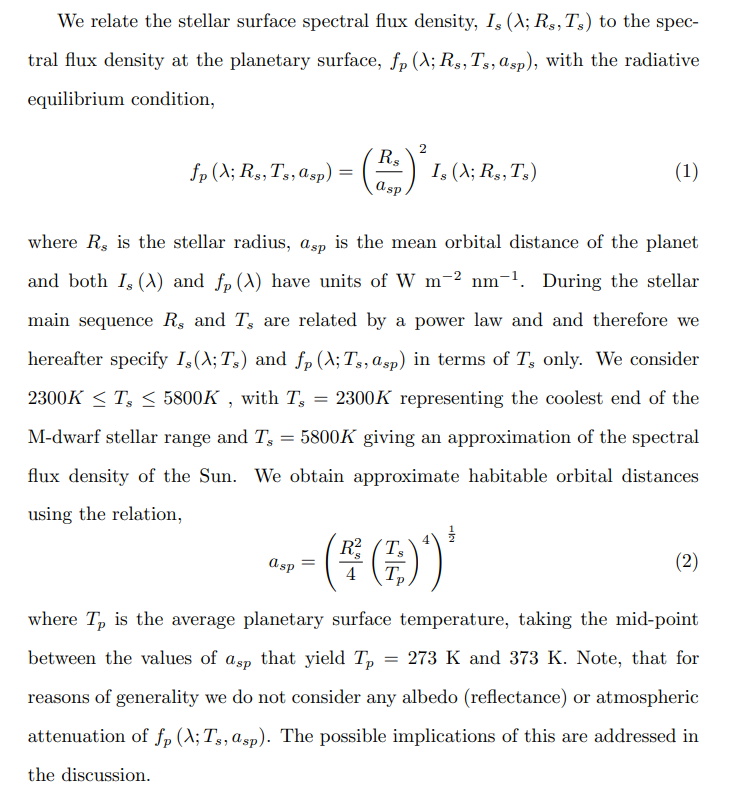This content originally appeared on HackerNoon and was authored by Photosynthesis Technology: It's not just for plants!
:::info (1) Samir Chitnavis, School of Biological and Behavioural Sciences, Queen Mary University of London, Mile End, London E1 4NS, UK & Digital Environment Research Institute, Queen Mary University of London, Empire House, Whitechapel E1 1HH, UK;
(2) Thomas J. Haworth, Astronomy Unit, Queen Mary University of London, Mile End Road, London E1 4NS, UK;
(3) Edward Gillen, Astronomy Unit, Queen Mary University of London, Mile End Road, London E1 4NS, UK;
(4) Conrad W. Mullineaux, School of Biological and Behavioural Sciences, Queen Mary University of London, Mile End, London E1 4NS, UK;
(5) Christopher D. P. Duffy, School of Biological and Behavioural Sciences, Queen Mary University of London, Mile End, London E1 4NS, UK & Digital Environment Research Institute, Queen Mary University of London, Empire House, Whitechapel E1 1HH, UK (Email: c.duffy@qmul.ac.uk).
:::
Table of Links
- Abstract and Introduction
- 2 Methodology
- 2.1 Local spectral irradiance as a function of stellar temperature
- 2.2 Thermodynamic model of an oxygenic light-harvesting system
- 2.3 Lattice model of an oxygenic light-harvesting system
- 3 Results
- 3.1 Orbital distances and incident spectral fluxes
- 3.2 Thermodynamic antenna model: Increasing antenna size in limited PAR
- 3.3 Lattice antenna model: Increasing the size of a “flat” antenna in limited PAR
- 3.4 Lattice antenna model: Improving antenna efficiency with an energetic ’funnel’
- 4 Discussion
- Acknowledgements, Author Contribution Statement, Authors disclosure statement and References
2 Methodology
2.1 Local spectral irradiance as a function of stellar temperature
As in previous work [Duffy et al., 2023], we use stellar spectral models for stars of different effective temperatures, Ts, generated by the phoenix code [Husser, T.-O. et al., 2013]. To reduce expense of subsequent numerical integration calculations, we smooth and re-sample the spectrum down to 4000 points, which still captures the large scale features. The absorption profiles of typical light-harvesting pigments are quite broad, with a Full Width at Half Maximum (FWHM) > 10 nm. Photon absorption by these pigments therefore integrates over this wavelength range (see next subsection), meaning that the photosynthetic pigments can only resolve spectral details on scales comparable to or larger than their own absorption line-width. Even with this smoothing, spectral resolution is well below this limit.
\

\
:::info This paper is available on arxiv under CC 4.0 license.
:::
\
This content originally appeared on HackerNoon and was authored by Photosynthesis Technology: It's not just for plants!
Photosynthesis Technology: It's not just for plants! | Sciencx (2024-08-01T13:00:35+00:00) Thermodynamic Limits Around M-dwarf Stars: Local Spectral Irradiance. Retrieved from https://www.scien.cx/2024/08/01/thermodynamic-limits-around-m-dwarf-stars-local-spectral-irradiance/
Please log in to upload a file.
There are no updates yet.
Click the Upload button above to add an update.
